
Pac Rang - in Nung language means water source. This place has a clear water source that never runs out, providing water for the whole village for many generations. Pac Rang village is located in Phuc Sen commune, Quang Uyen district, where the blacksmithing profession has existed for hundreds of years.

According to legend, the blacksmith village has existed since the 11th century, initially producing weapons for Nung Ton Phuc and Nung Tri Cao to fight against the Song army.

After the war, people here turned to forging tools for agricultural production and daily life. People living in Phuc Sen are mainly Nung An ethnic people, with about 400 households, half of whom are blacksmiths.

Phuc Sen's forged products are mainly used for production and partly for exchanging other essential goods. Thanks to the quality products, the reputation of the craft village has gradually spread far and wide, and people from many neighboring areas have come to Phuc Sen to place orders.

Another ancient village of the Nung people is Lung Ri. In the Nung language, Lung Ri means a long valley. Lung Ri village is located in Tu Do commune, Quang Hoa district, and is famous for its yin-yang tile making.
 To get a tile, Lung Ri people have to do many steps, from selecting soil, filtering soil, softening soil, then shaping the tile, drying the tile and finally putting it into the kiln... All of these steps are done by hand. The tile is put into the red-hot kiln for 7 days and nights and the temperature must always be kept stable.
To get a tile, Lung Ri people have to do many steps, from selecting soil, filtering soil, softening soil, then shaping the tile, drying the tile and finally putting it into the kiln... All of these steps are done by hand. The tile is put into the red-hot kiln for 7 days and nights and the temperature must always be kept stable.

Each kiln can produce an average of 15,000 tiles per batch. Even in the dry summer, it takes up to 3 months to make a full batch of tiles. It takes so much effort but the selling price of each tile is not much. Therefore, the tile making profession in Lung Ri is increasingly lacking.

Hong Quang vermicelli village specializes in producing dried vermicelli made from corn. The interesting thing is probably the color of the vermicelli, so it is called five-color vermicelli. The main ingredient of this type of vermicelli is local corn, the grains are even and firm, so that the finished product is fragrant and has a beautiful yellow color. After drying, the corn will be ground and soaked overnight. Next, the corn is ground finely and then rice flour is added to the mixer, water is added, and the mixture is put into the vermicelli press to produce the product.

Although it is called five-color vermicelli, Hong Quang people can make vermicelli with 8 different colors. For example, yellow from corn, purple from purple leaves, blue from butterfly pea flowers... All are natural ingredients, no colorants are used so it is very safe.

Because of the difference in ingredients, the types of vermicelli have different prices and also have their own delicious flavors. Five-color vermicelli is suitable for bone soup, or to make vermicelli with bean curd, stir-fried vermicelli, vermicelli with snails and the best is vermicelli mixed with onions, ham, vegetables...
The Dao Tien people in Cao Bang are an ethnic group with extremely unique costumes. Outstanding are the decorations and jewelry made of sophisticated silver. After many ups and downs, until now there is only one last silver carving artisan left, Mr. Ly Phu Cat, 57 years old, in Hoai Khao village, Quang Thanh commune, Nguyen Binh. For Mr. Cat, silver carving is not only a profession that brings income to the family but also preserves the identity and soul of the Dao Tien people.

He moved out of the village, built a small house in the quiet forest to make silver. Every day, in the small house in the middle of Phia Oac forest, with his skillful hands, he still diligently creates traditional jewelry. The steady sound of silver carving is a manifestation of his love for the profession left by his ancestors as well as his passion for his ethnic culture.
Heritage Magazine



![[Photo] Phuc Tho mulberry season – Sweet fruit from green agriculture](https://vstatic.vietnam.vn/vietnam/resource/IMAGE/2025/4/10/1710a51d63c84a5a92de1b9b4caaf3e5)

![[Photo] Unique folk games at Chuong Village Festival](https://vstatic.vietnam.vn/vietnam/resource/IMAGE/2025/4/10/cff805a06fdd443b9474c017f98075a4)
![[Photo] Prime Minister Pham Minh Chinh chairs meeting to discuss tax solutions for Vietnam's import and export goods](https://vstatic.vietnam.vn/vietnam/resource/IMAGE/2025/4/10/19b9ed81ca2940b79fb8a0b9ccef539a)

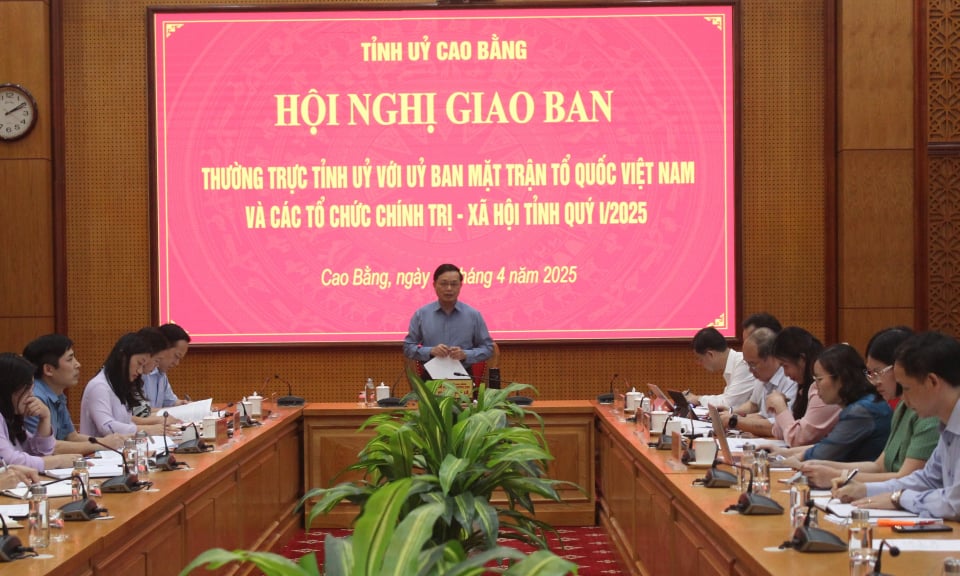

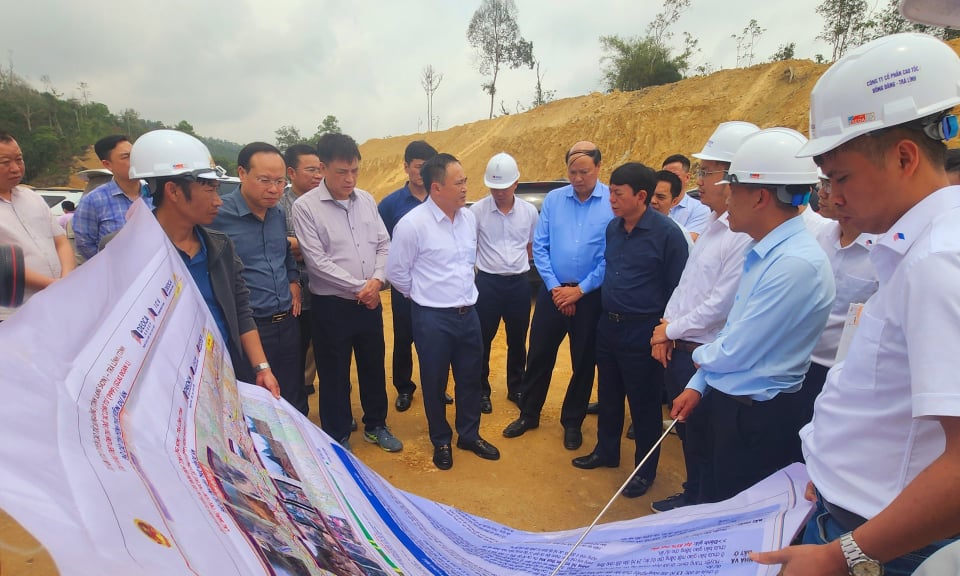

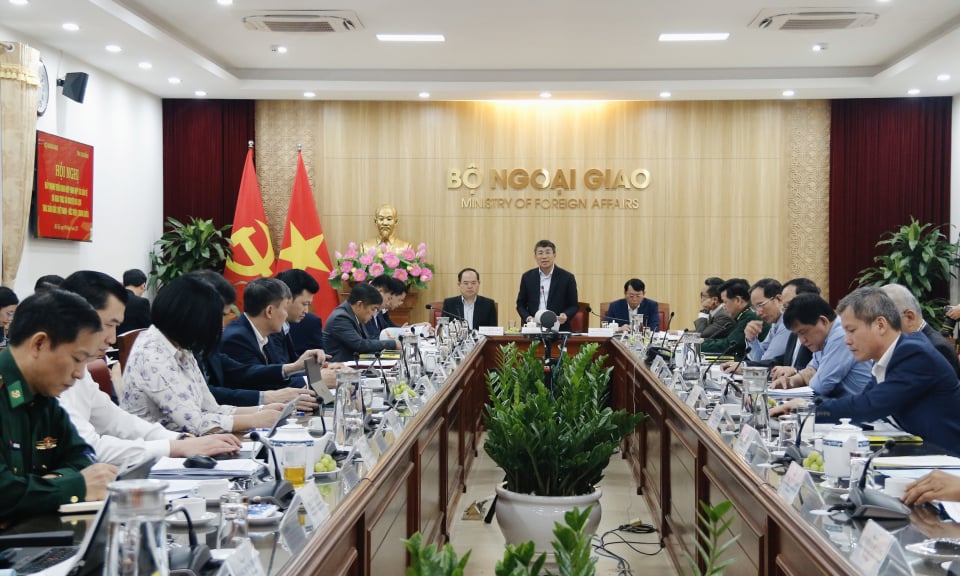


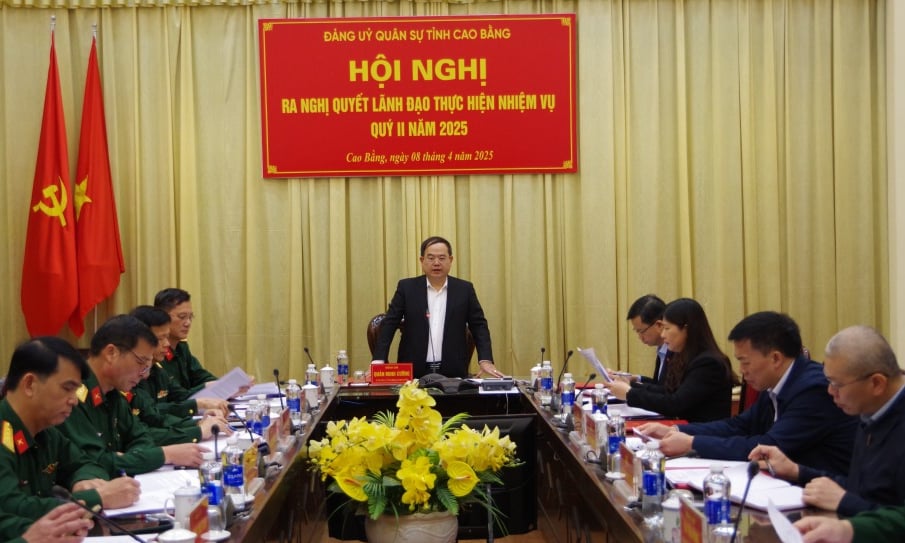




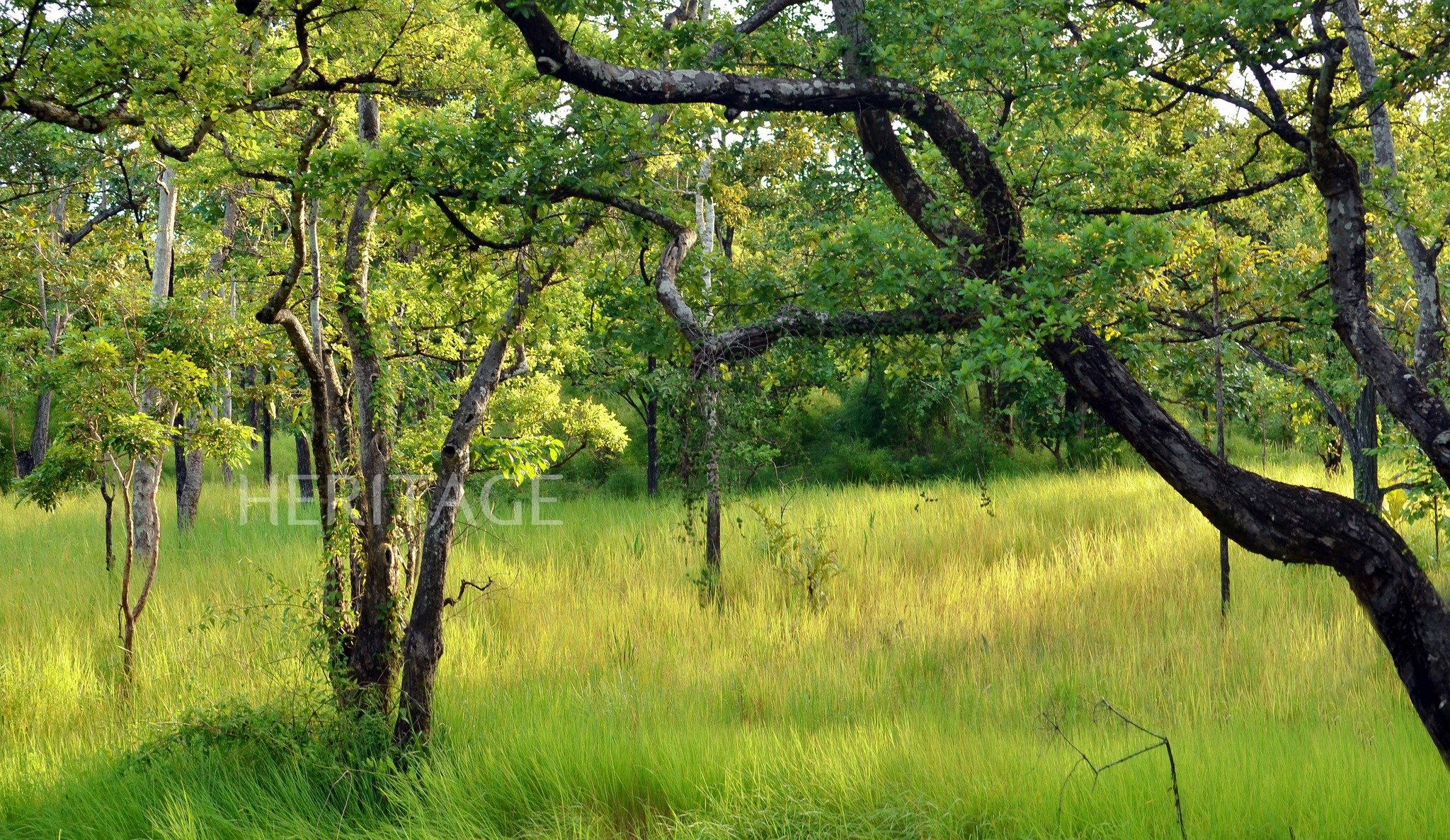
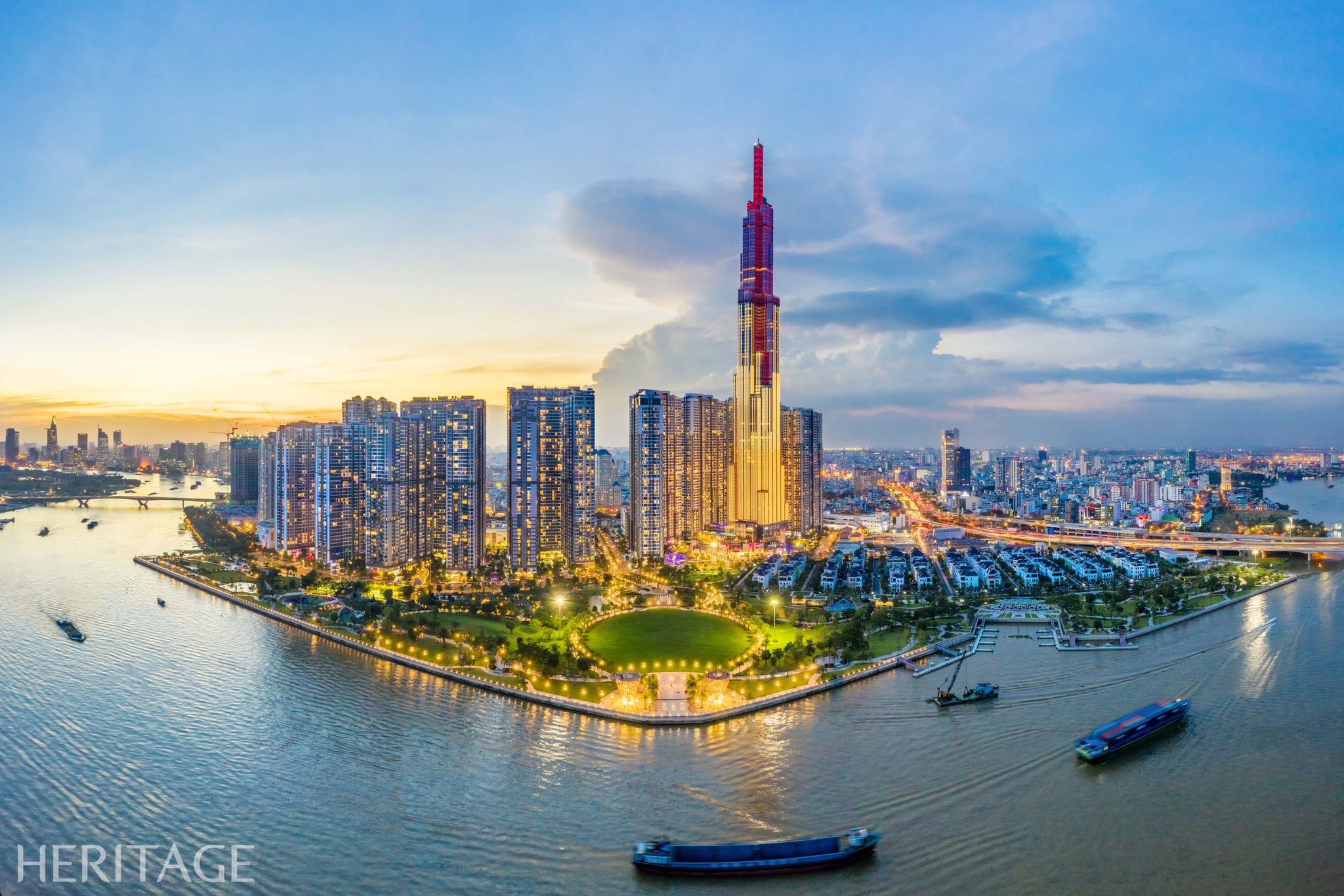
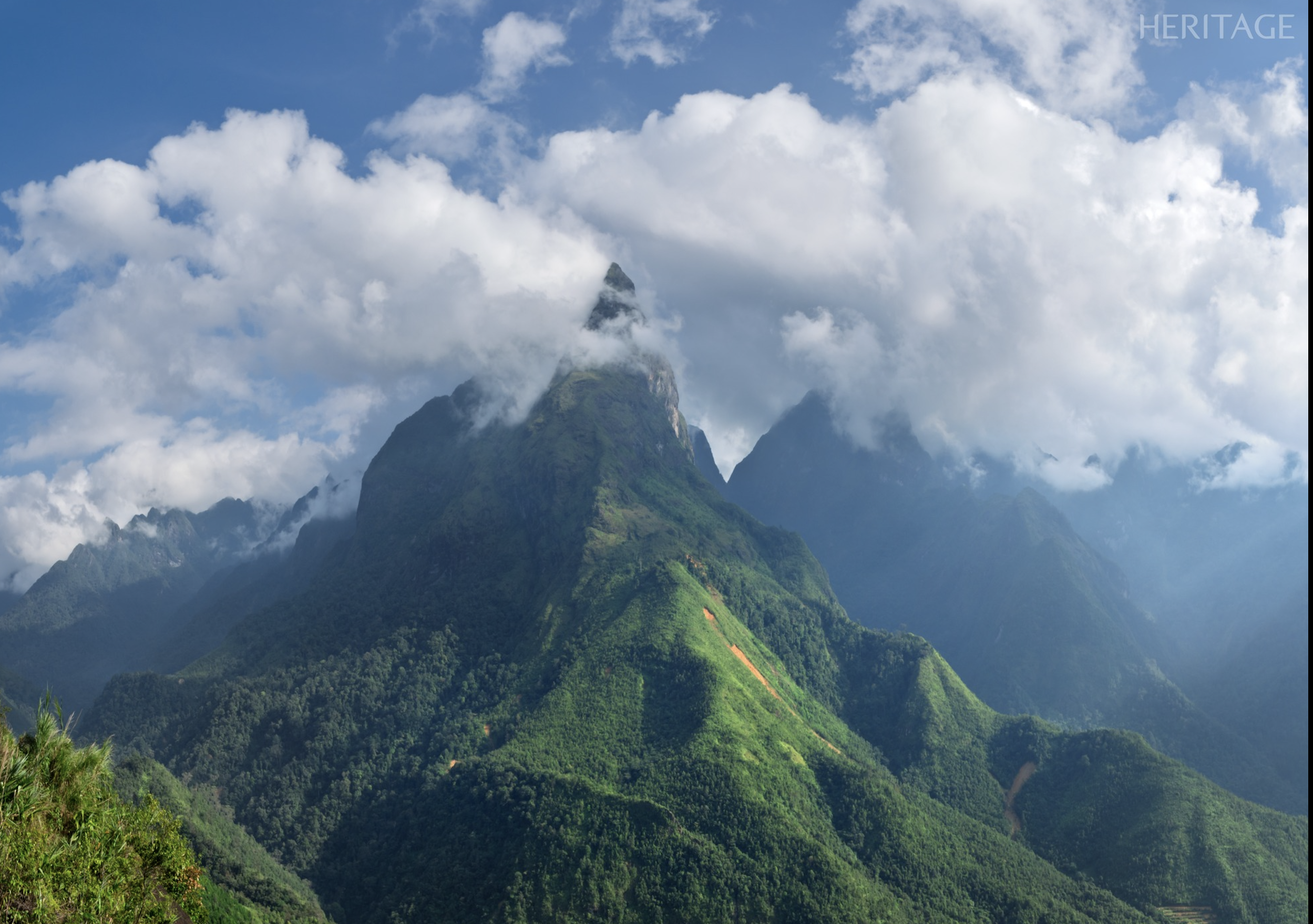



















































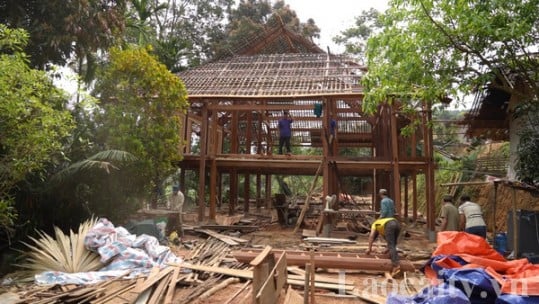
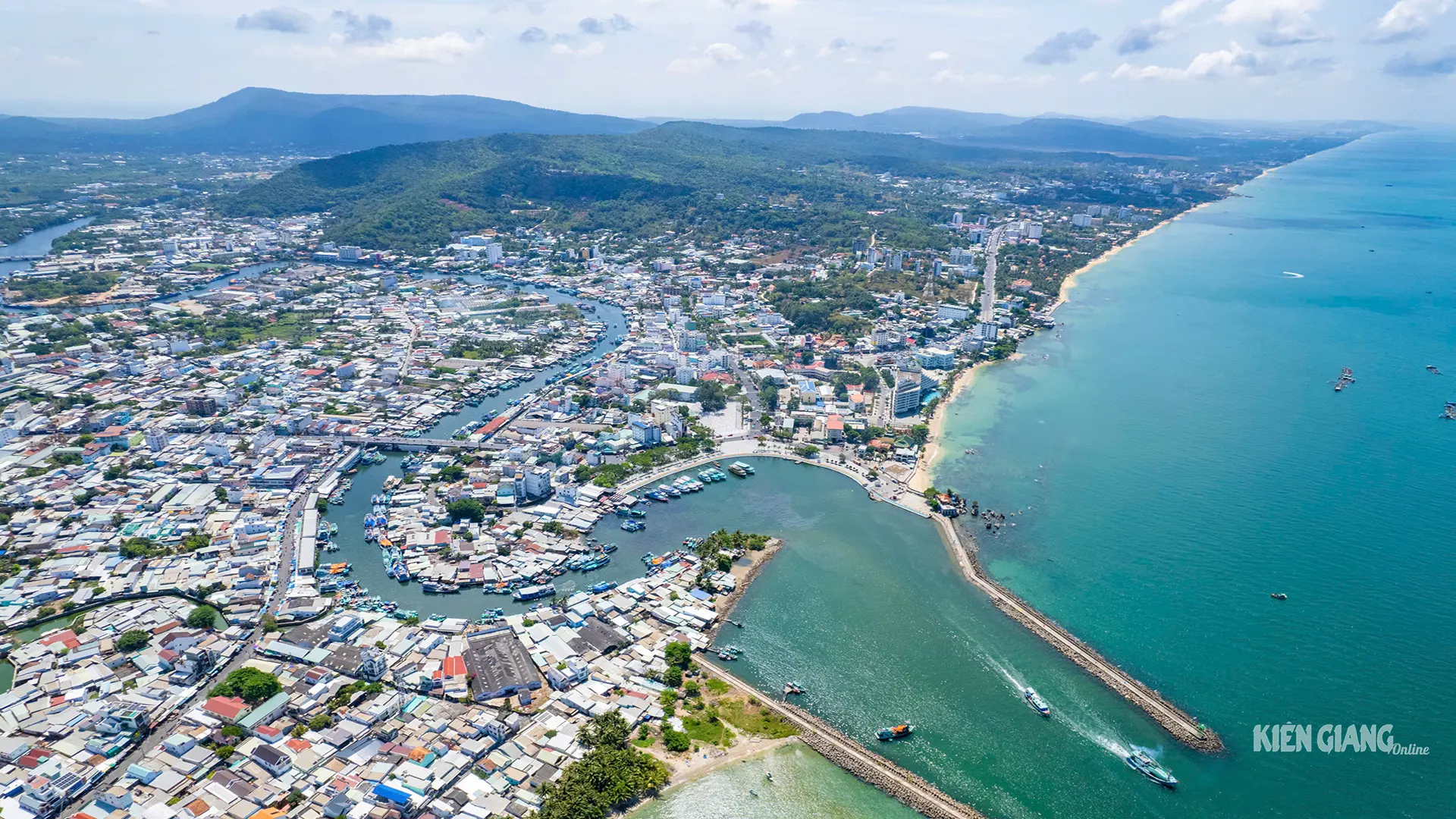
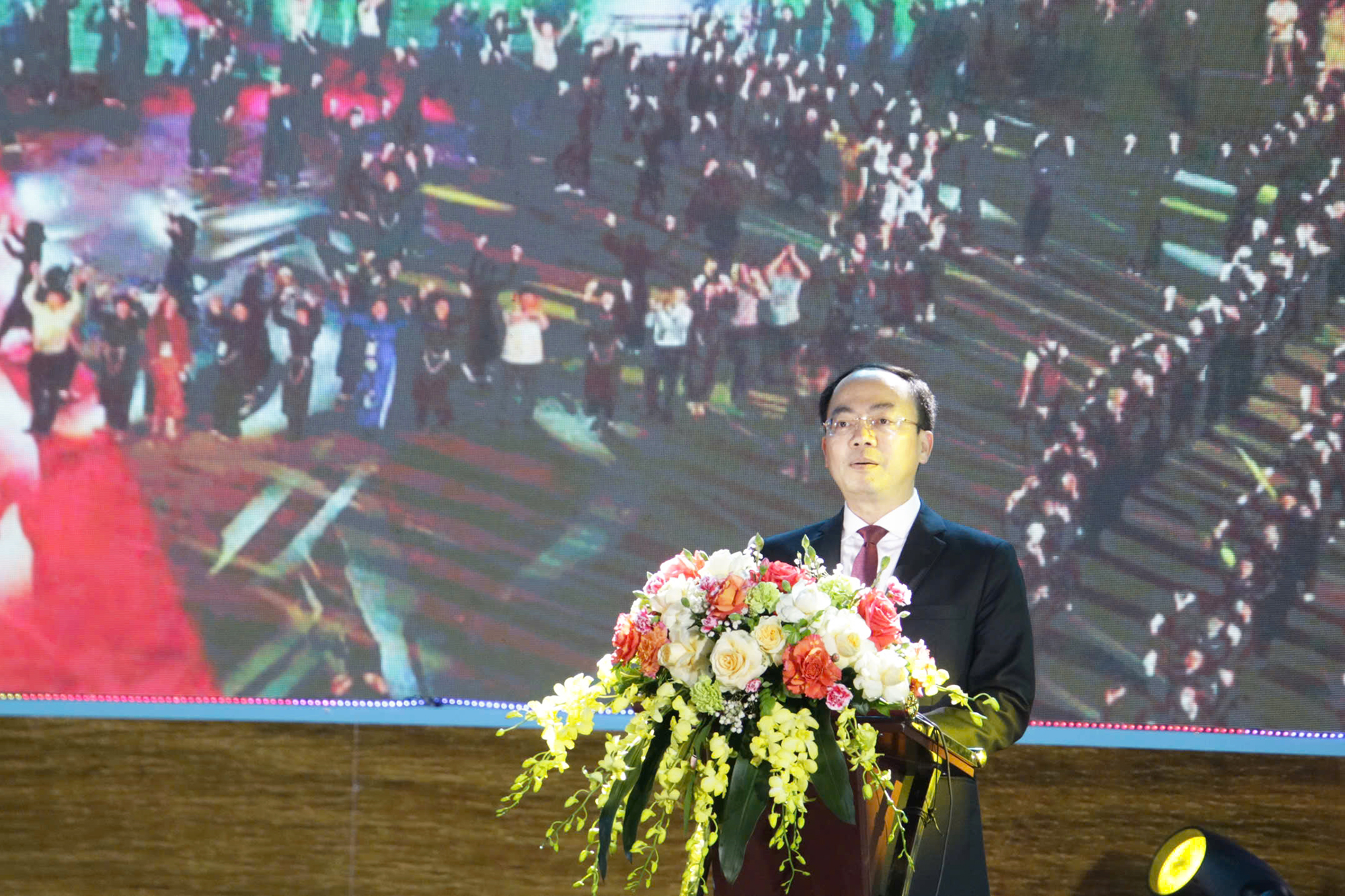
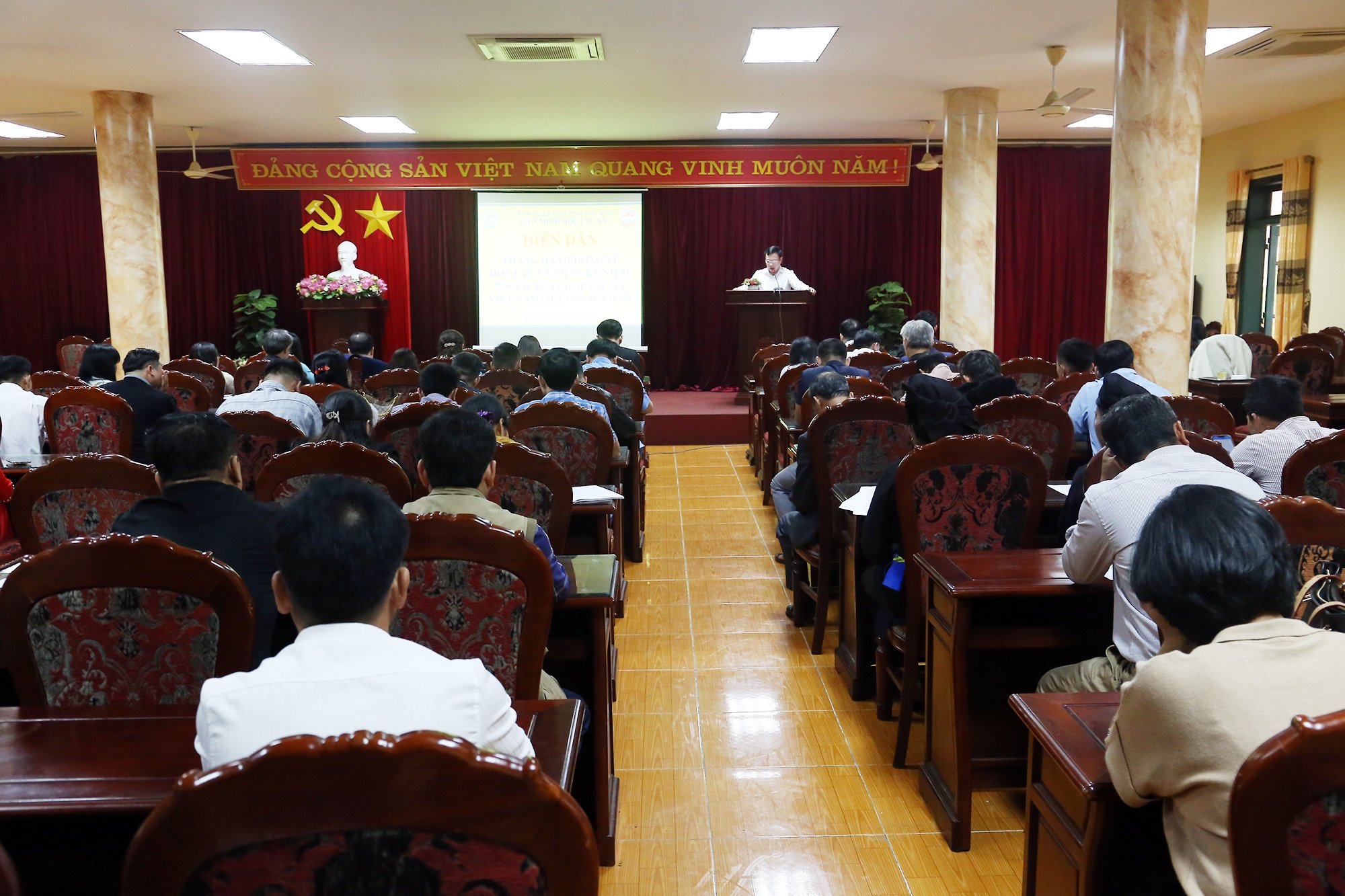
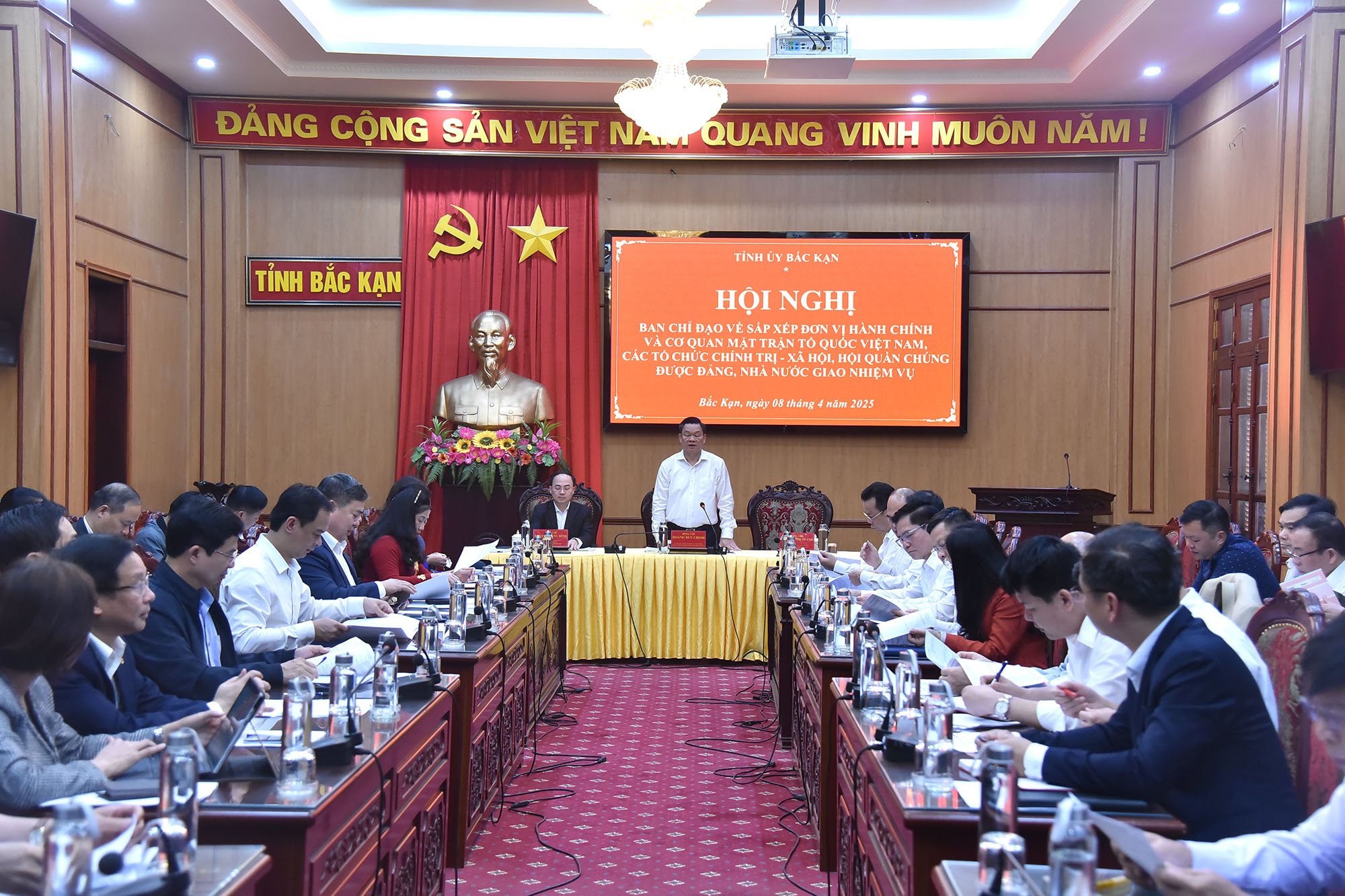









Comment (0)